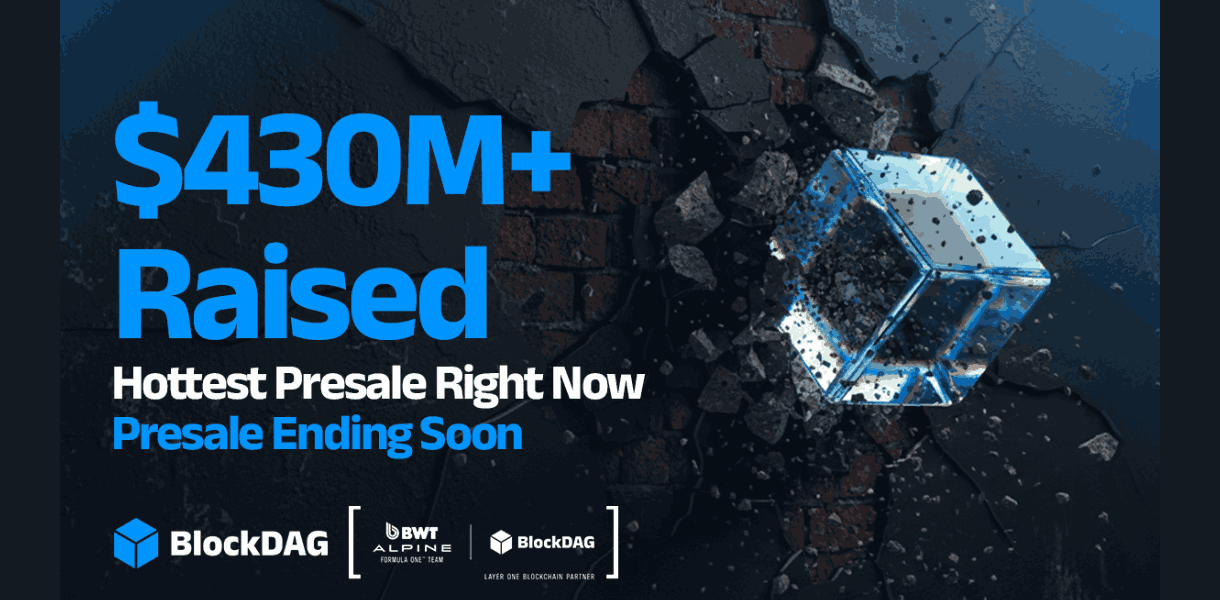Is November the New October? Analyst Says It’s Bitcoin’s Strongest Month — Here’s the Data
Crypto analyst Lark Davis called November bitcoin’s strongest month with an average gain near 42%, but the same heat map shows the median is far lower and one early outlier year does much of the lifting.
Where ‘Uptober’ and ‘Moonvember’ come from
Both phrases are crypto slang that spread through social channels (X, Reddit, Telegram) over multiple cycles.
“Uptober” is a tongue-in-cheek label for the idea that October often turns higher after late-summer chop; it drew extra attention in years when October did rally hard.
“Moonvember” is the November sequel, used by traders and influencers to cheer for a follow-through rally into year-end.
The terms are part meme, part marketing shorthand; they reappear each autumn, regardless of whether the tape actually cooperates.
What the CoinGlass heat map shows
The bitcoin monthly returns heat map lists November’s average return in the low 40s using a straight mean across 2013 through 2025. That number is heavily influenced by 2013’s 449% jump, which pulls the mean higher than most individual Novembers. On the same table, the median November return is about 9%, which better reflects a typical outcome because it reduces the impact of outliers.
Range and recent history
Seasonality here has wide dispersion. Recent Novembers have included losses (for example, 2021 and 2022) and strong gains (for example, 2024), along with quieter prints. That spread is why “November is strong on average” should be treated as descriptive history, not a forecast. It tells you how the month has behaved across cycles, not what will happen next.
Seasonality in context
Citations of seasonality should include both the mean and the median, along with the historical range. Arithmetic that maps a 42% “average” to a hypothetical price level is best presented as illustration rather than a target. In practice, traders often wait for confirmation on the chart — breaks of defined levels, breadth shifts, and volume changes — before leaning on a calendar effect.
What analysts are saying on X
Some posters revived “Moonvember” after a rare red October, pointing to the heat map’s November mean. Others echoed the same caution implied by the data: the average looks big, the median is modest, and the tape still needs to prove it with price. That framing keeps the chatter in the right place — context, not a timing tool.
Disclaimer: The content of this article solely reflects the author's opinion and does not represent the platform in any capacity. This article is not intended to serve as a reference for making investment decisions.
You may also like
Bitcoin price hits $111K November high but bear market fears persist
Pi Expands into AI, TRUMP Charts Explosive Comeback, BlockDAG’s Hybrid Tech Solves the Blockchain Trilemma!

CZ buys 2 million ASTER tokens, price jumps 20%

Ethereum price analysis warns of critical $3,596 support level

